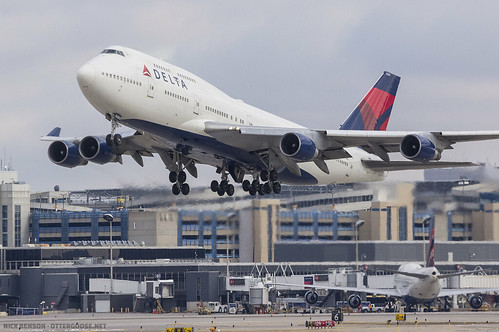Postby mattaudio » January 8th, 2016, 10:35 am
I feel like it's more marketing plan than business plan. Ever since Frontier moved away from being a traditional airline with a traditional hub at Denver, they've done whatever they can to make a splash in new markets. Sort of like Spirit, but more chaotic and short-lived. I wonder what percentage of routes they've started in the past 5 years that have been canceled within a year or two. They closed a fledgling Milwaukee hub. They created a focus city at Wilmington, DE calling it Wilmington/Philadelphia. That folded less than a year ago. They also have a focus city in Trenton, NJ - a terminal with two gates (about the size of St. Cloud).
Tying this back to the MSP area, I find it interesting that Spirit and Frontier continue to expand here. Part of their business model is inducing travel demand through $29/39 fares that would otherwise never exist to a Delta or other legacy carrier with higher prices. Not sure how sustainable that is if the price of oil jumps back up to $100/barrel or more. Overall, it seems good for the airport and puts some (but not much) pricing pressure on Delta in leisure markets.
I'm also curious to see if any of these airlines would ever jump to Rochester or St. Cloud (adding a /Minneapolis to the name for their marketing, of course). Allegiant has tried a variety of markets from these two airports, with limited success. They tried Rochester-Las Vegas and Rochester-Phoenix but ended both services. They still serve St. Cloud-Phoenix during the winters, though they pulled out of St. Cloud-Orlando. These two airports seem to be *just* far enough away to not be effective relievers to MSP for some of this demand. Plus, MSP has no airfield capacity constraints and relatively low operational costs charged to airlines. With MSP being so centrally-located and well-connected, they really don't have much of a reason to try and move MSP "induced demand" to alternate airfields.
 N667US departs MSP; Minneapolis, MN by Nick Benson, on Flickr
N667US departs MSP; Minneapolis, MN by Nick Benson, on Flickr